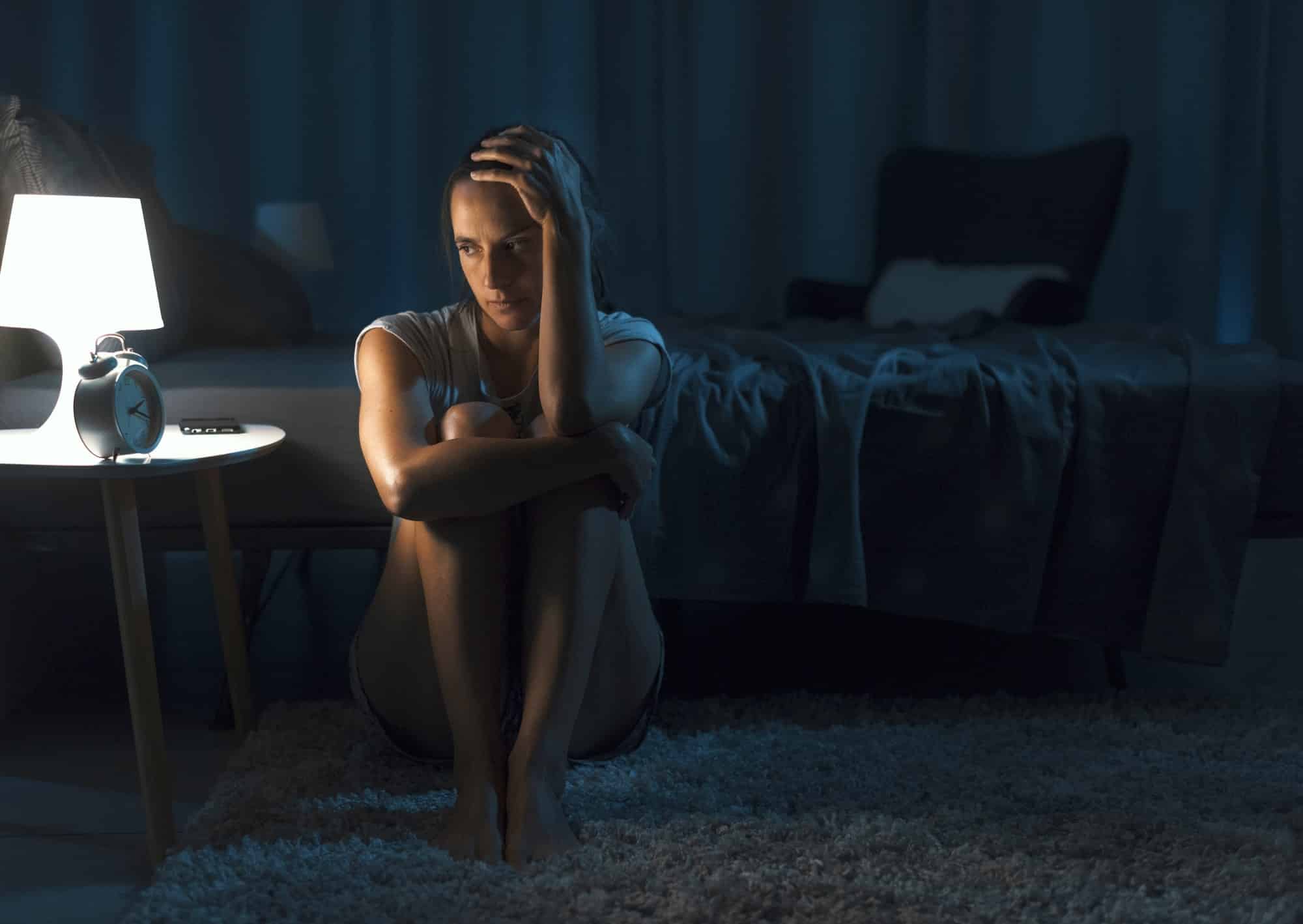Are There Effective Behavioral Therapies for Treating Insomnia in the Elderly?

Insomnia is a common sleep disorder that particularly affects older adults. It can keep you from falling asleep, staying asleep, or both. This pervasive disorder can lead to daytime fatigue, cognitive impairment, and decreased quality of life. Without proper sleep, your health can quickly spiral downward. Luckily, cognitive-behavioral therapy (CBT), an evidence-based treatment, may present a solution.
Understanding Insomnia in Older Adults
Insomnia, classified as an inability to fall or stay asleep, affects about half of adults 60 and older. According to the Mayo Clinic, Insomnia Severity Index (ISI) scores are significantly higher for older adults, suggesting more severe symptoms and negative impacts on quality of life.
A lire en complément : How Does Laughter Therapy Impact Mood and Immune System in Hospitalized Patients?
Numerous factors, including physical health disorders, medications, and mental health disorders like depression, can contribute to insomnia. Additionally, ageing often brings changes to sleep patterns and health conditions that can disrupt sleep. For example, older adults may need to wake up more often to use the bathroom or could have medical problems that cause discomfort or worry, preventing them from getting good sleep.
The Role of Cognitive-Behavioral Therapy
So how can older adults combat insomnia effectively? One answer may lie in cognitive-behavioral therapy (CBT). The American College of Physicians recommends CBT as a first-line treatment for insomnia before medication, due to its effectiveness and lack of side effects.
En parallèle : The benefits of a lifting mask for the skin
CBT is a method that aims to modify thought patterns to improve coping abilities with different problems. In the context of insomnia, it is referred to as CBT-I, with the ‘I’ standing for insomnia. This therapy focuses on identifying and changing beliefs that affect your ability to sleep. For instance, these could be fears about sleeplessness and its effects, which can perpetuate the cycle of insomnia.
CBT for insomnia usually involves several components. Sleep restriction, for instance, limits the amount of time spent in bed, creating mild sleep deprivation to force a more regular sleep pattern. Stimulus control aims to associate the bed and bedroom with sleep and nothing else.
Can CBT Treatment Be Effective for Older Adults With Insomnia?
Research suggests that CBT can indeed be effective for older adults with insomnia. A study published in the Journal of the American Geriatrics Society found that CBT helped older adults with insomnia fall asleep faster and stay asleep longer. Another study in Sleep Medicine found that CBT improved sleep efficiency, sleep quality, and reduced night-time awakenings in older adults.
CBT can be administered individually or in group sessions. While individual therapy provides personalized attention, group therapy can offer additional benefits. It can foster a sense of camaraderie and support, as individuals can share their experiences and coping strategies with others facing similar issues.
The Importance of a Multifaceted Approach to Treatment
While CBT is effective in treating insomnia, it should be part of a multifaceted approach to treatment. Other health issues, such as chronic pain or depression, should also be addressed, as they can directly affect sleep. Similarly, lifestyle and environmental factors need to be considered. Regular physical activity, a healthy diet, limited caffeine and alcohol, and a calm, dark, and comfortable sleep environment can all contribute to improved sleep.
In conclusion, older adults struggling with insomnia should consider cognitive-behavioral therapy as a potent tool in their arsenal. While it may not completely eliminate insomnia, it can significantly improve sleep quality and duration, enhancing overall health and quality of life. However, it’s essential to consult with a healthcare provider before starting any new treatment or therapy.
Insomnia and Its Effects on Overall Health
Insomnia doesn’t just lead to daytime fatigue. Over time, it can take a severe toll on your overall health. Chronic sleep loss can put you at higher risk for conditions such as heart disease, high blood pressure, diabetes, and certain types of cancer. It can also affect mental health, increasing the risk of disorders such as depression and anxiety.
Thus, the importance of initiating treatment for insomnia, particularly in older adults, cannot be overstated. With an effective therapy like CBT, the journey to a night of good sleep and a healthier life may become a reachable reality. It’s high time we give sleep the importance it deserves in maintaining and promoting health.
Incorporating Sleep Hygiene Practices with CBT
In addition to cognitive-behavioral therapy, another critical aspect of treating insomnia in older adults is sleep hygiene. Sleep hygiene refers to habits and practices that are conducive to sleeping well on a regular basis. This, coupled with CBT, can be a potent combination in managing sleep disorders and improving sleep efficiency.
Sleep hygiene practices include maintaining a consistent sleep schedule, making the sleep environment comfortable and conducive to sleep, and engaging in relaxing activities before bedtime. It also involves avoiding stimulants like caffeine and nicotine close to bedtime, and managing worries and stress.
A sleep diary can be a beneficial tool in this process. It allows individuals to track their sleep patterns and identify factors that may be interfering with sleep. According to the American Academy of Sleep Medicine, a sleep diary can help healthcare providers diagnose sleep disorders and monitor the effectiveness of treatment.
Moreover, incorporating regular physical activity into the daily routine can improve sleep quality and reduce sleep latency, which is the time it takes to fall asleep. However, it’s important to note that vigorous exercise should be avoided close to bedtime as it can actually interfere with sleep.
In a systematic review published in Sleep Med, it was found that combining sleep hygiene practices with cognitive-behavioral therapy was more effective in treating insomnia compared to either treatment alone. Therefore, a multifaceted treatment approach that includes CBT and good sleep hygiene practices can be a highly effective strategy in managing insomnia in older adults.
Conclusion: Prioritizing Sleep Health in Aging Population
In view of the significant impact of insomnia on the overall health and quality of life of older adults, it’s crucial that adequate attention is paid to the diagnosis and treatment of this common sleep disorder. Research supports the use of cognitive-behavioral therapy as a first-line treatment for chronic insomnia, particularly in the elderly.
It’s also worth noting that while medications can provide temporary relief, they are not a long-term solution and can have side effects. Instead, non-pharmacologic interventions like CBT and good sleep hygiene practices should be prioritized.
Moreover, addressing underlying health issues, making necessary lifestyle changes, and creating an optimal sleep environment can all play a significant role in improving sleep quality. Therefore, a multifaceted approach that includes all these elements is necessary for effective insomnia management.
In short, we need to shift our perspective and see sleep not as a passive state but as a critical aspect of our overall health and wellbeing. With the right interventions and a proactive approach, it’s entirely possible for older adults to overcome insomnia, enjoy good quality sleep, and lead a healthier, happier life. Let’s remember the words of the Mayo Clinic, "Sleep is not a luxury, it’s a necessity." A good night’s sleep can indeed make a world of difference, especially for our aging population. Sleep disorders, like insomnia, need to be dealt with head-on, using evidence-based treatments such as cognitive-behavioral therapy.
